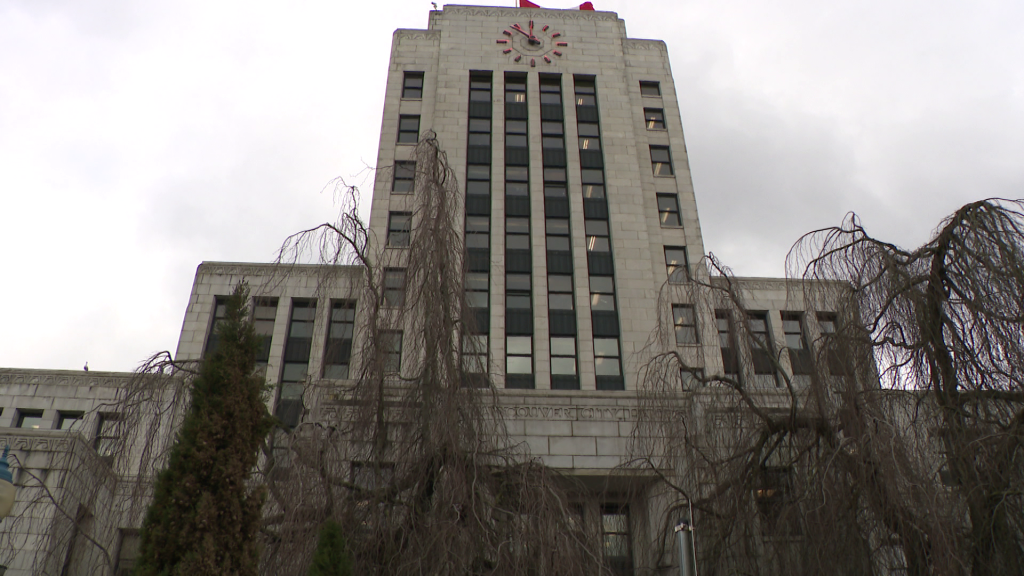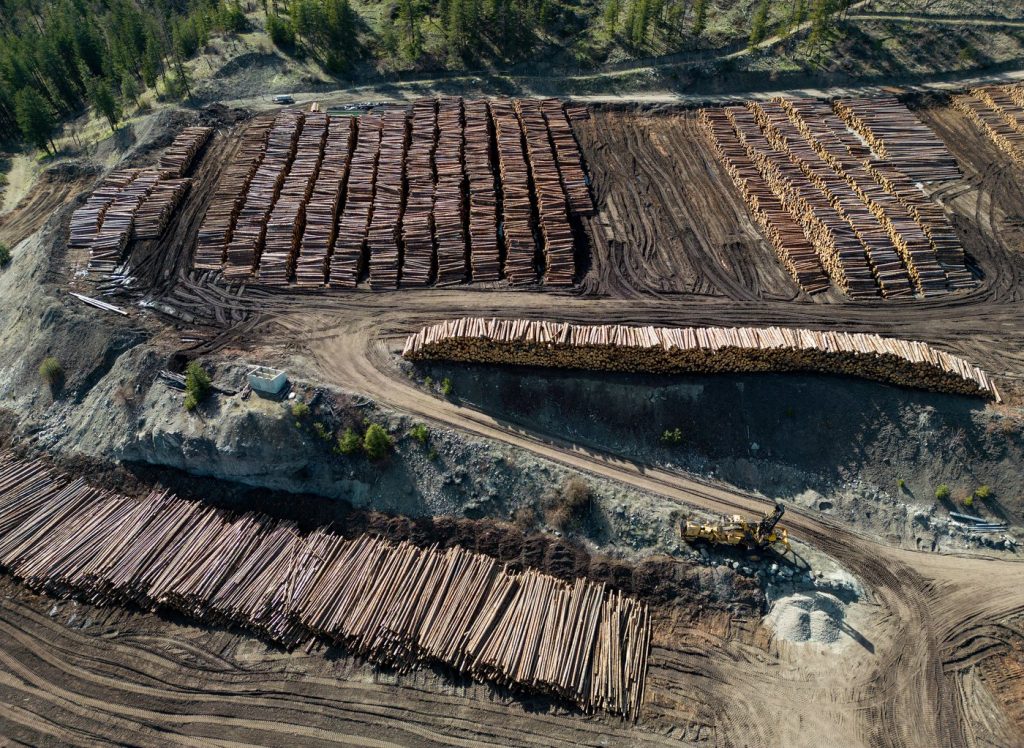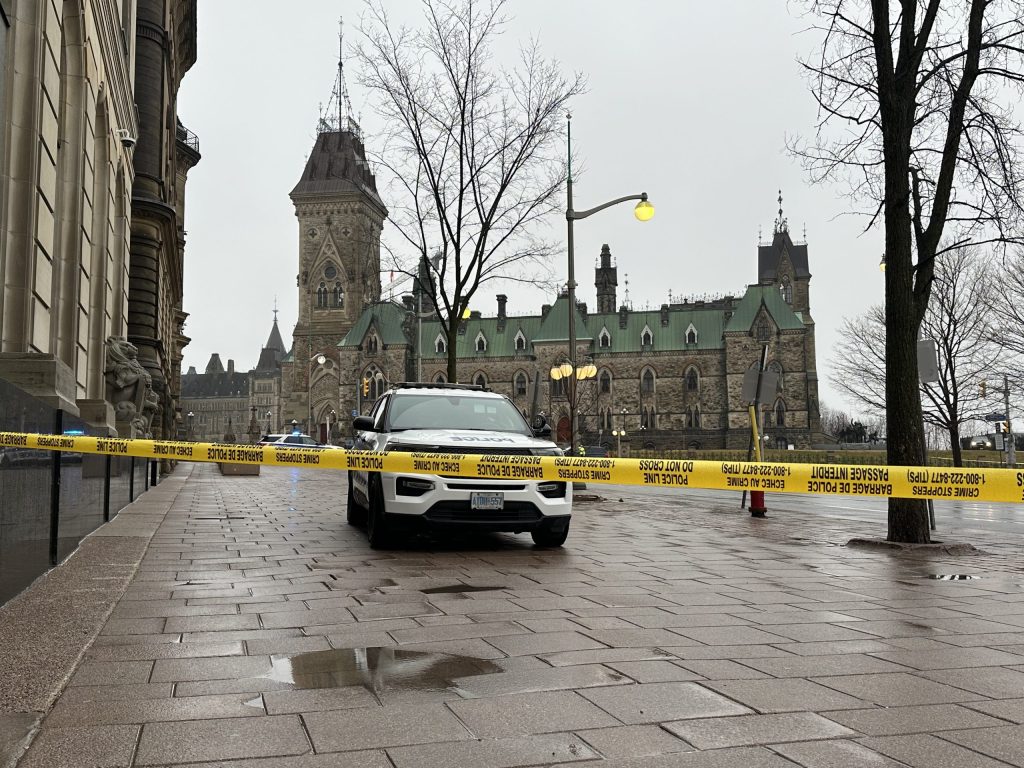Canadian dental coverage should focus on existing programs, says dentist group
Posted March 22, 2022 3:29 pm.
Last Updated March 22, 2022 3:34 pm.
Dentists are nearly all smiles as a federal deal between the NDP and Liberals looks to expand dental coverage for low-income Canadians. However, they are worried the workload could impact those who help them.
The agreement includes a promise to expand dental coverage for low-income Canadians, starting with kids aged 12 and under this year, then expanding to those up to 18, as well as seniors and persons living with a disability in 2023. Full implementation is targeted by 2025.
Michel Breau with the Canadian Dental Association says his organization has always supported coverage for more Canadians, but he’s concerned the government is looking at a big national plan, instead of funding existing provincial and territorial programs.
“We feel that the best way to quickly improve oral health and increase access to dental treatment for Canadians is to invest in existing programs at the provincial and territorial levels,” he said. “These programs already exist from coast to coast to coast. They are significantly under-funded.”
He says doing that would also mean provinces could tackle their local dental care problems and patients already using government support wouldn’t have to worry about switching programs.
Related article: Trudeau confirms agreement with NDP to keep Liberals in power until 2025
About 80 per cent of Canadians regularly see a dentist and about two thirds have dental benefits through work, according to Breau, who hopes dental coverage on a federal level won’t mean any reduction in coverage for anyone.
“We think it’s important that going forward, they make sure not to disrupt access to treatment for the large majority of Canadians that already have access to dental treatment through coverage such as that provided by employers who have health benefits.”
Related video:

Breau notes there are about 25,000 dentists in Canada.
“I think there’s enough right now in order to provide the right type of treatment to Canadians,” he added, though he admitted people in more rural and remote areas of the country will have a harder time getting access to care compared to those in metropolitan areas.
The issue, he says, is the number of dental assistants in the country.
“That’s particularly been one of the single biggest issues … the difficulty in hiring enough and retaining dental assistants. That was a concern before the pandemic,” he said. “You need a dental assistant in order to support a dentist when they are performing any type of treatment, whether you’re getting a root canal or what have you.”
He says his group has been working with dental assistant associations to figure out how to attract more people to the profession.
Related articles:
Meanwhile, low-income advocates say while they are pleased to hear of the deal pushing dental insurance forward in Canada, they are waiting to see which dental services will be included.
“When somebody who is living on income assistance makes around $600 a month and you’re looking at the cost of a basic root canal being around $1,800 before any sort of coverage — that’s three months of a persons income, their total income,” said Nicole Mucci with the Union Gospel Mission in Vancouver.
“When you look at a mom who’s got a couple of kids and doesn’t have dental care and one of her children gets a cavity, what kind of sacrifices is she looking at having to make during those times?”
With files from Greg Bowman and Hana Mae Nassar








